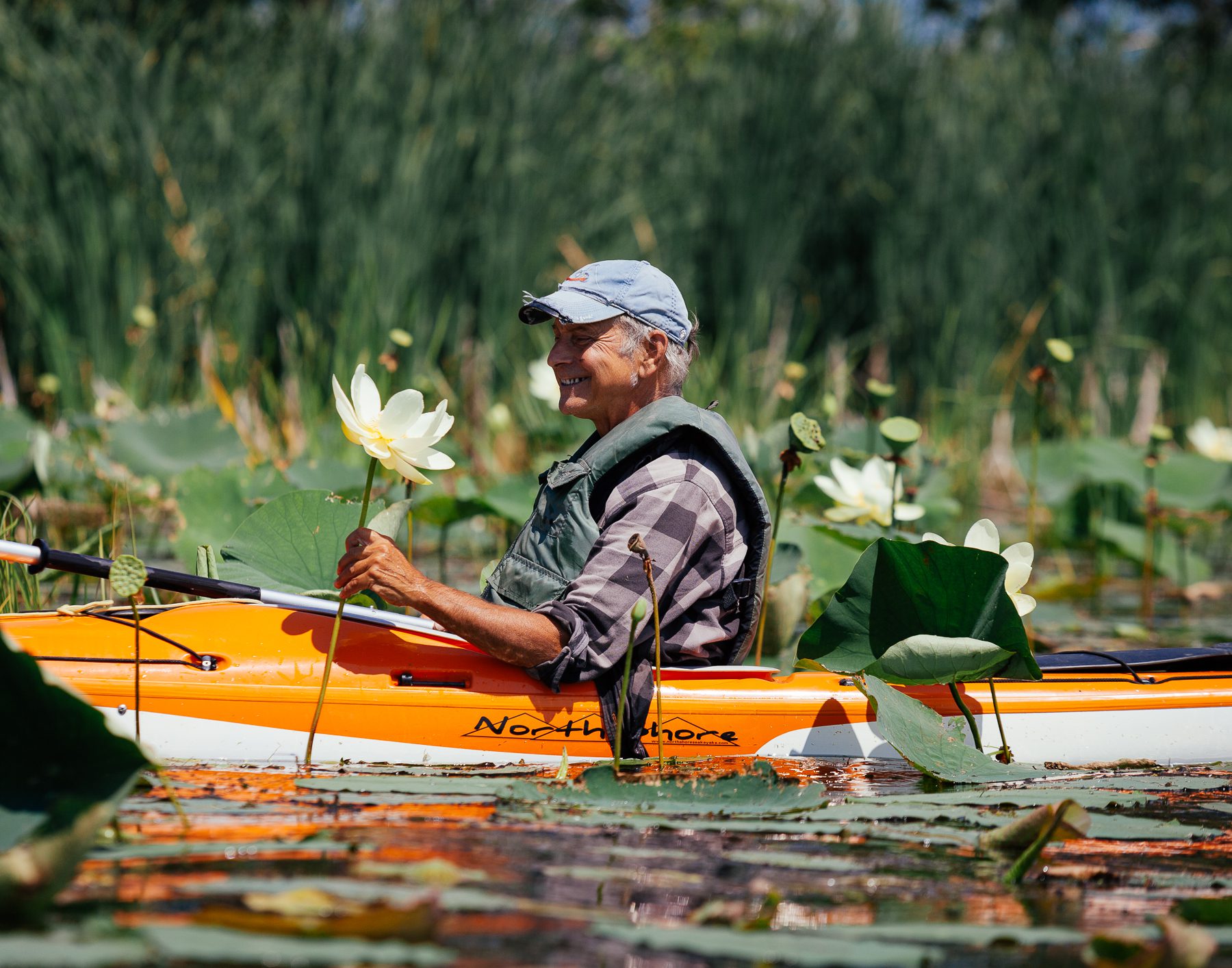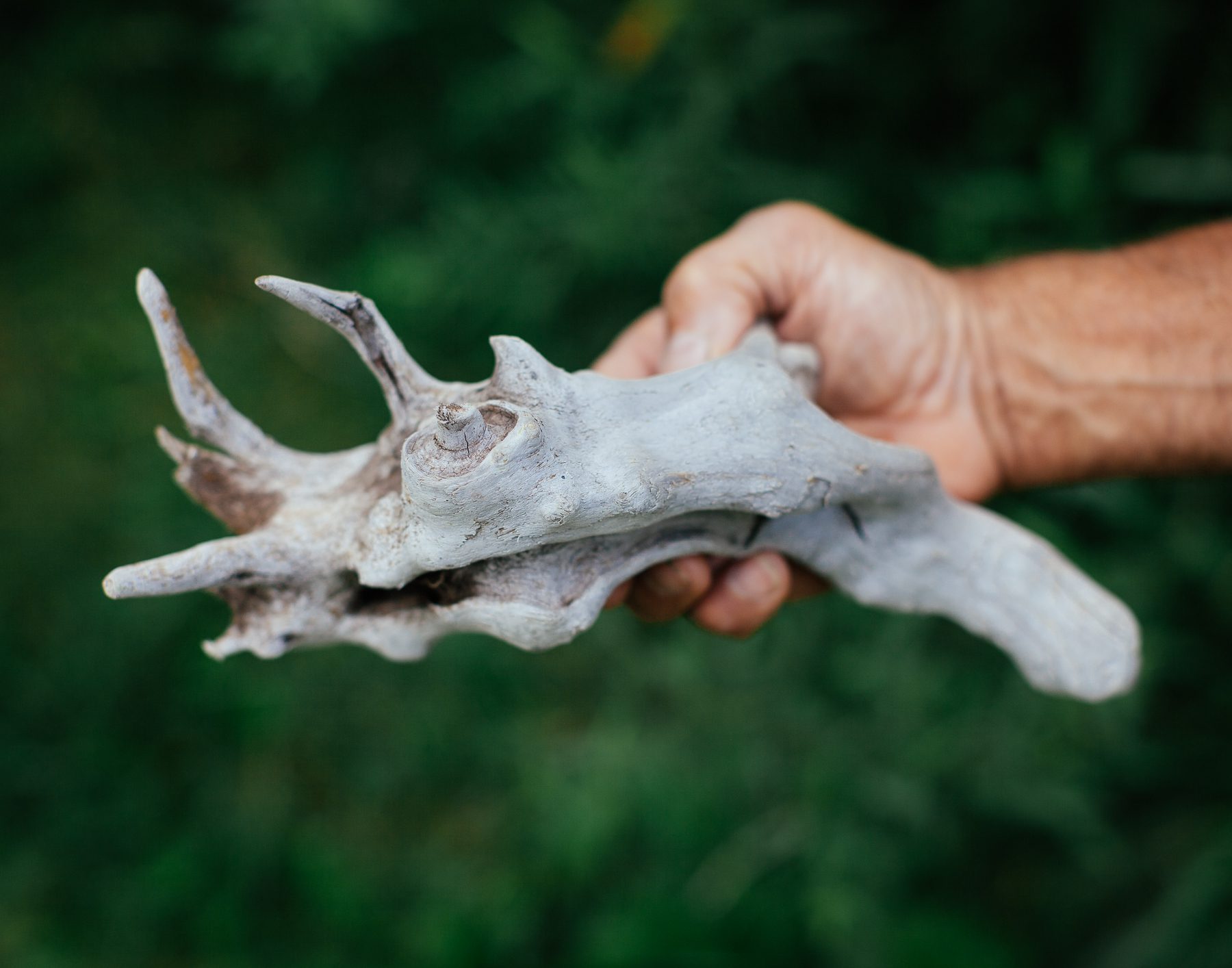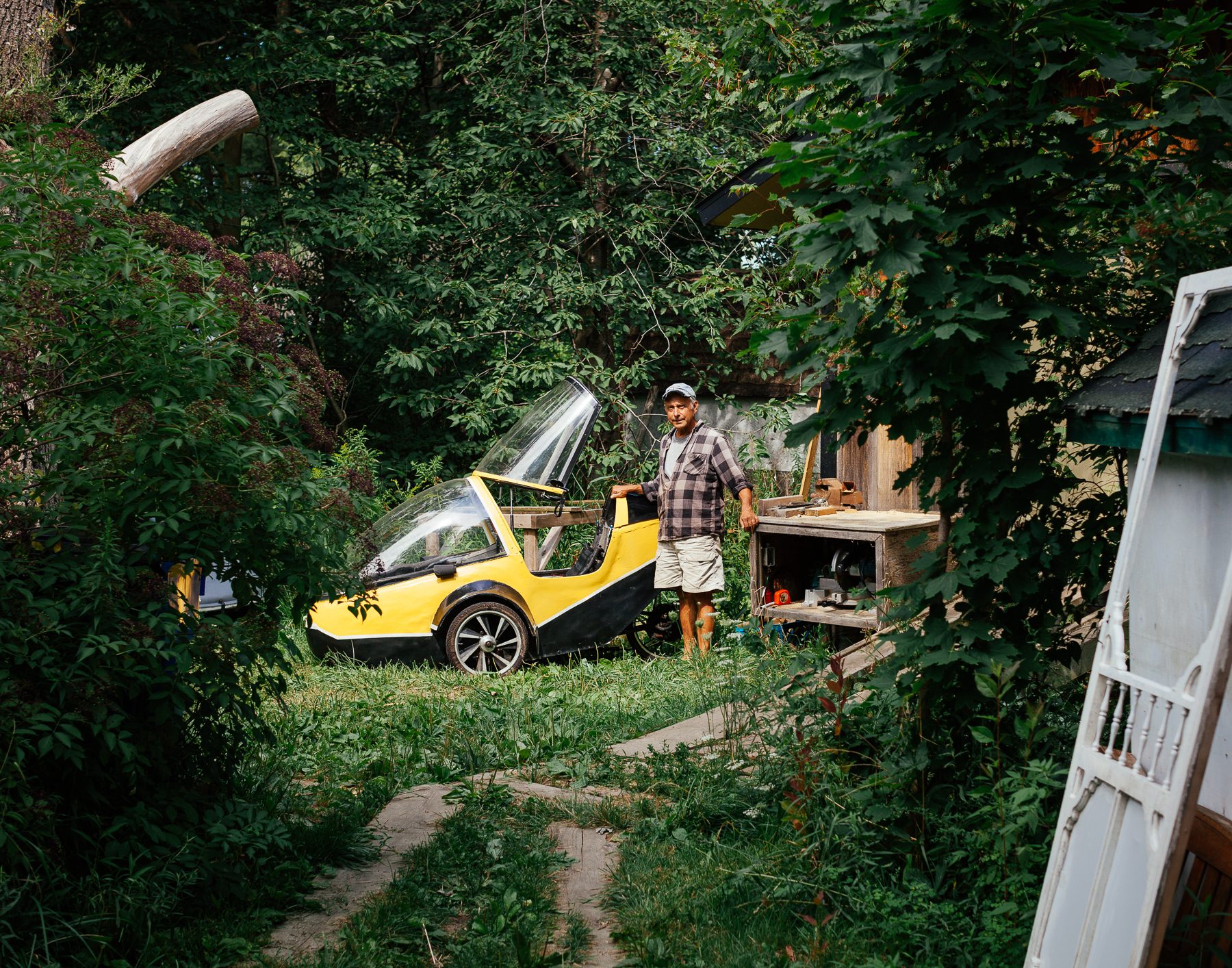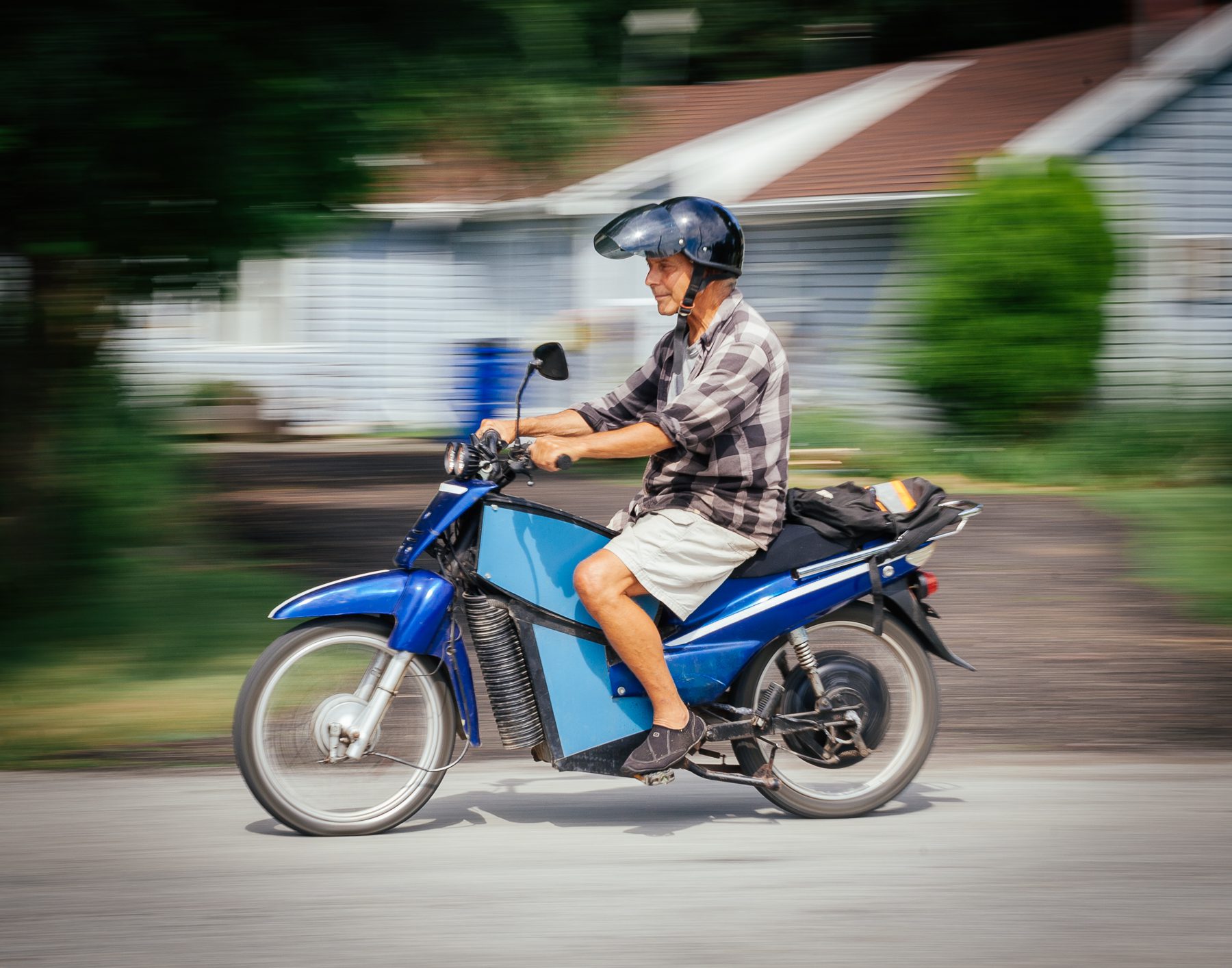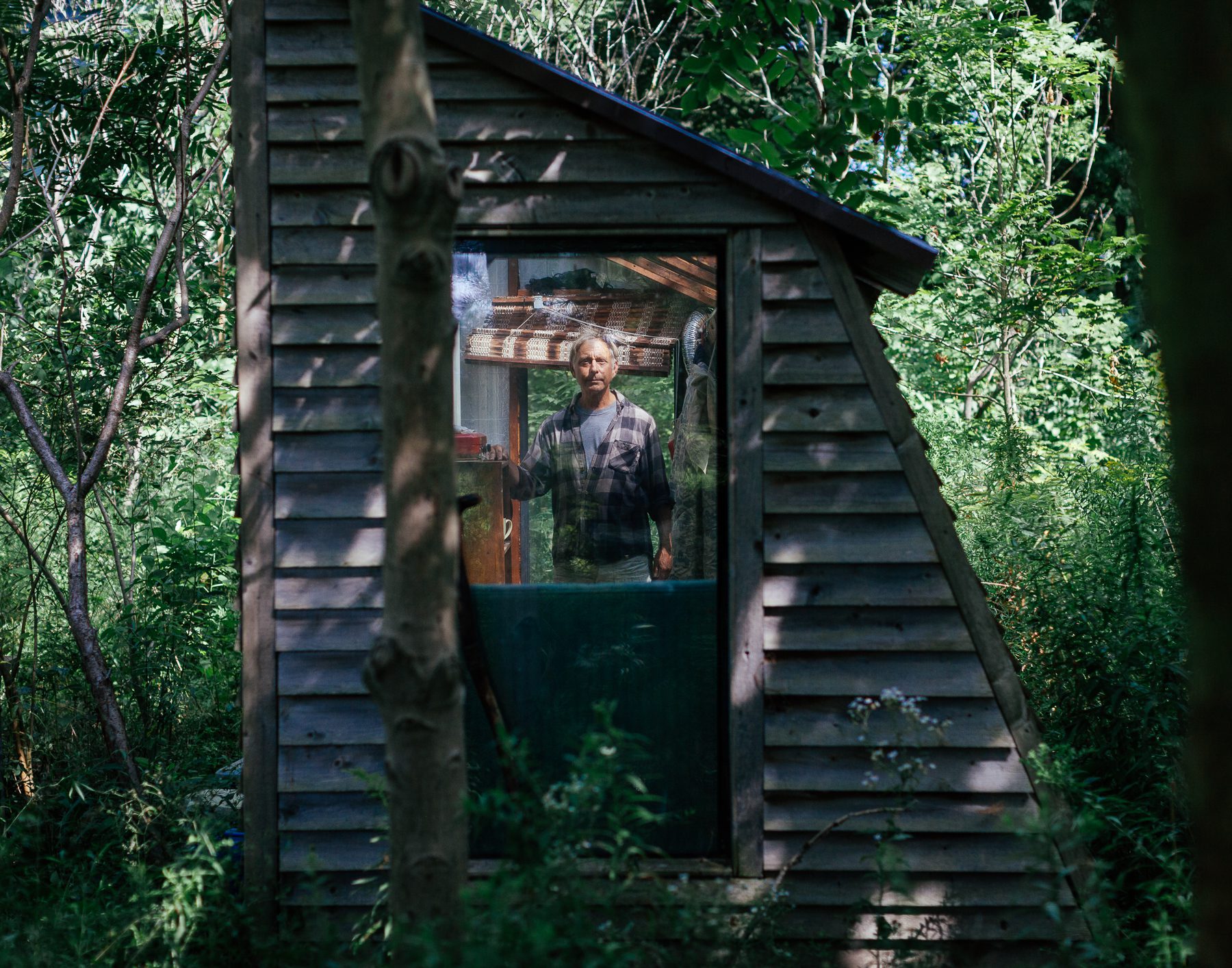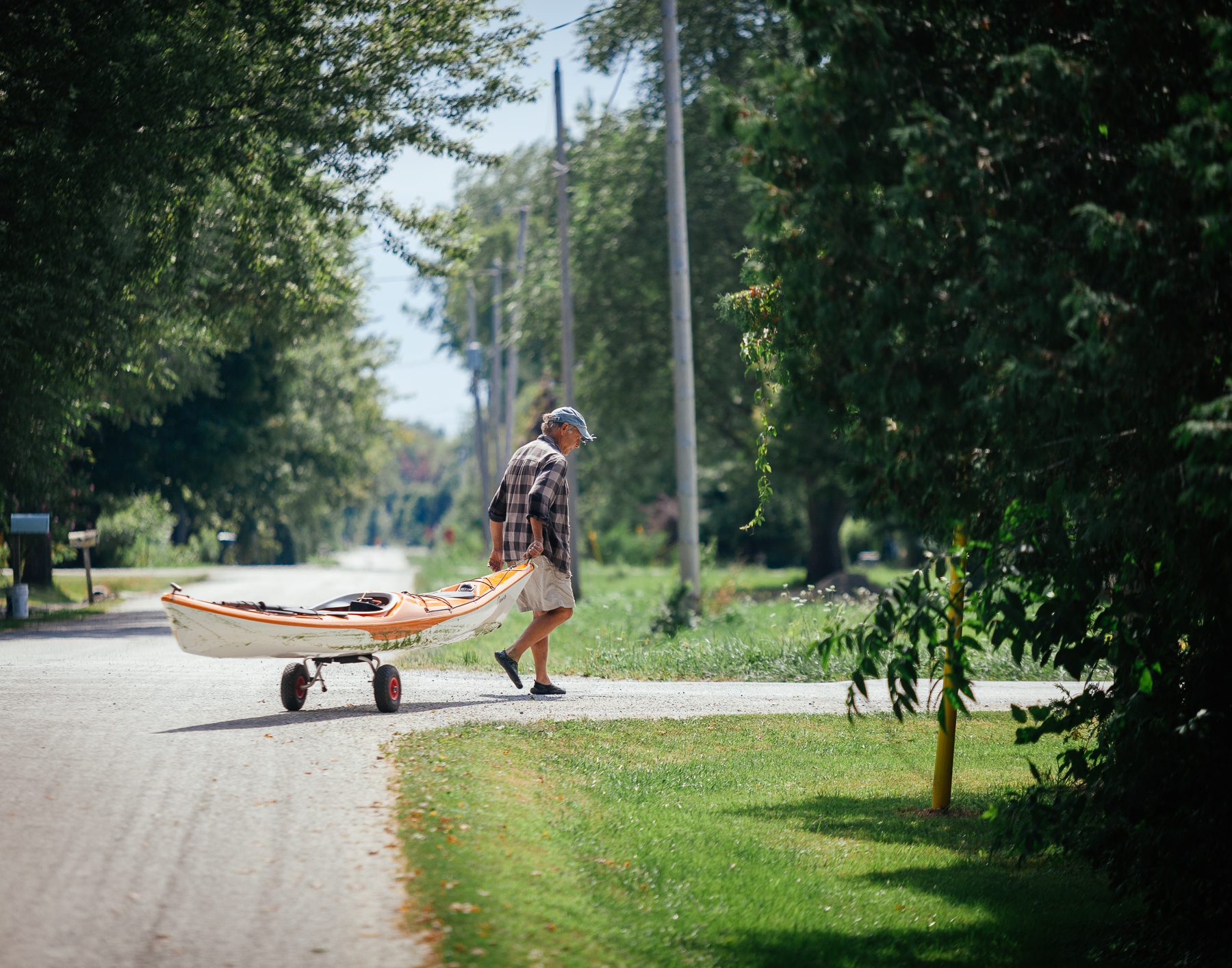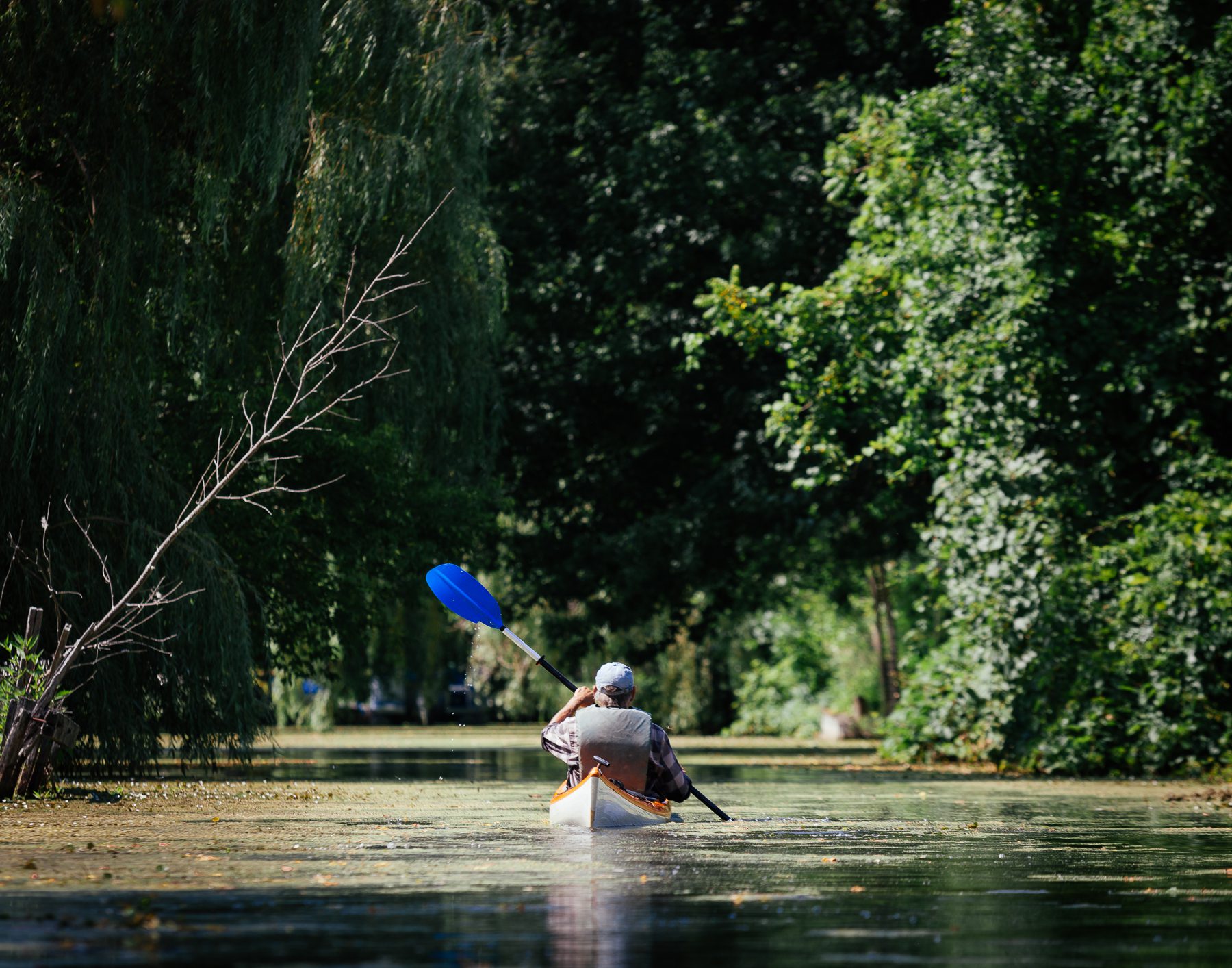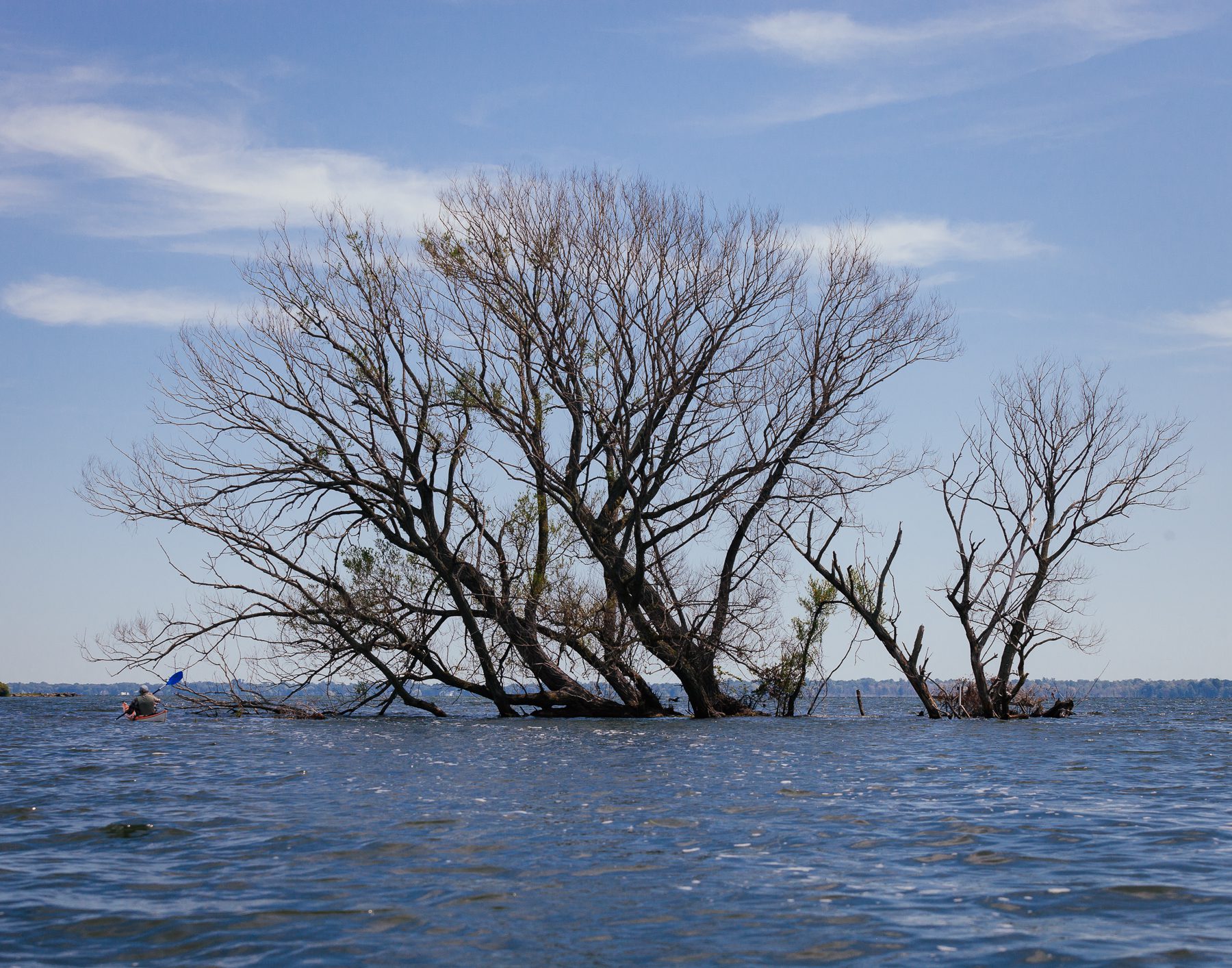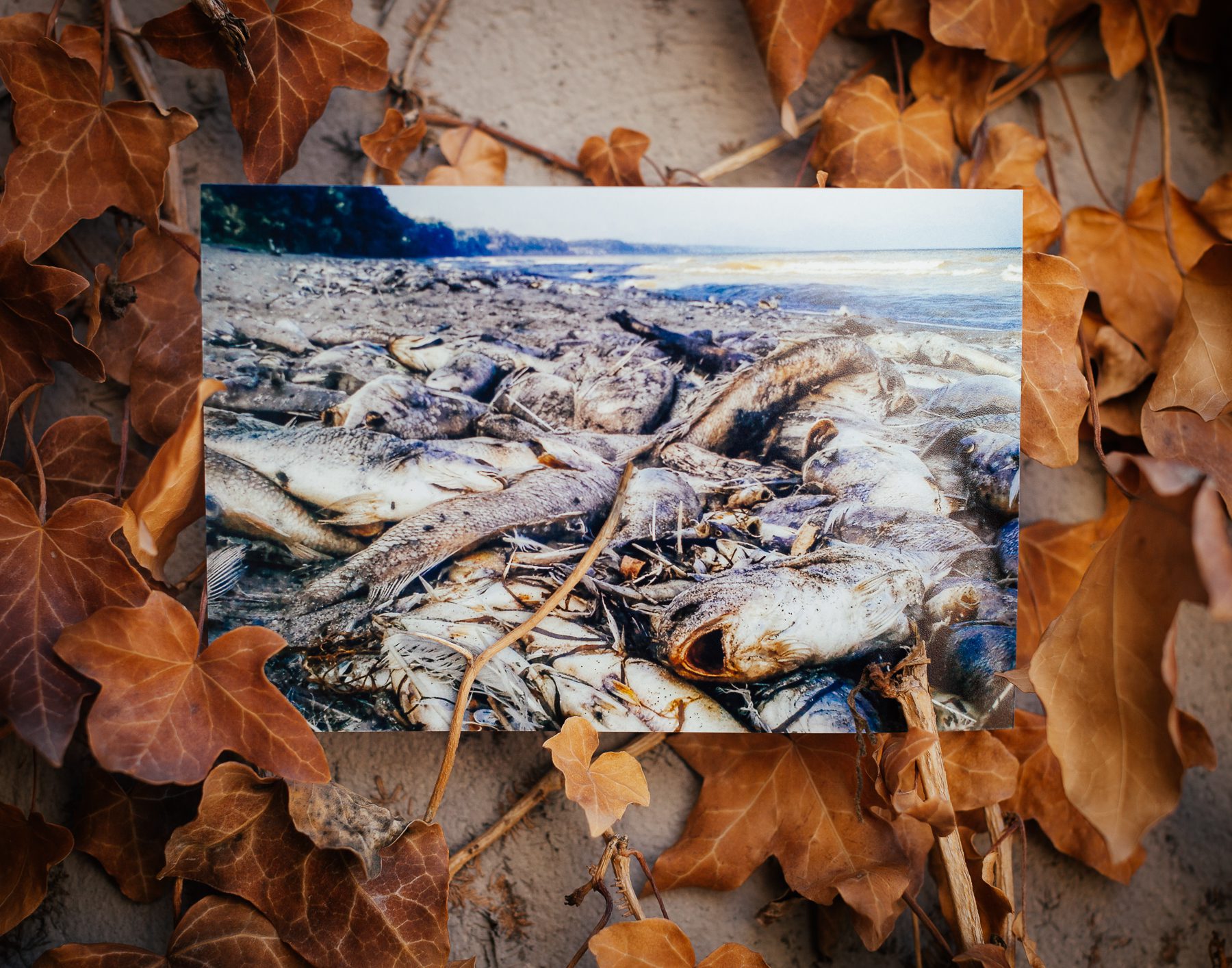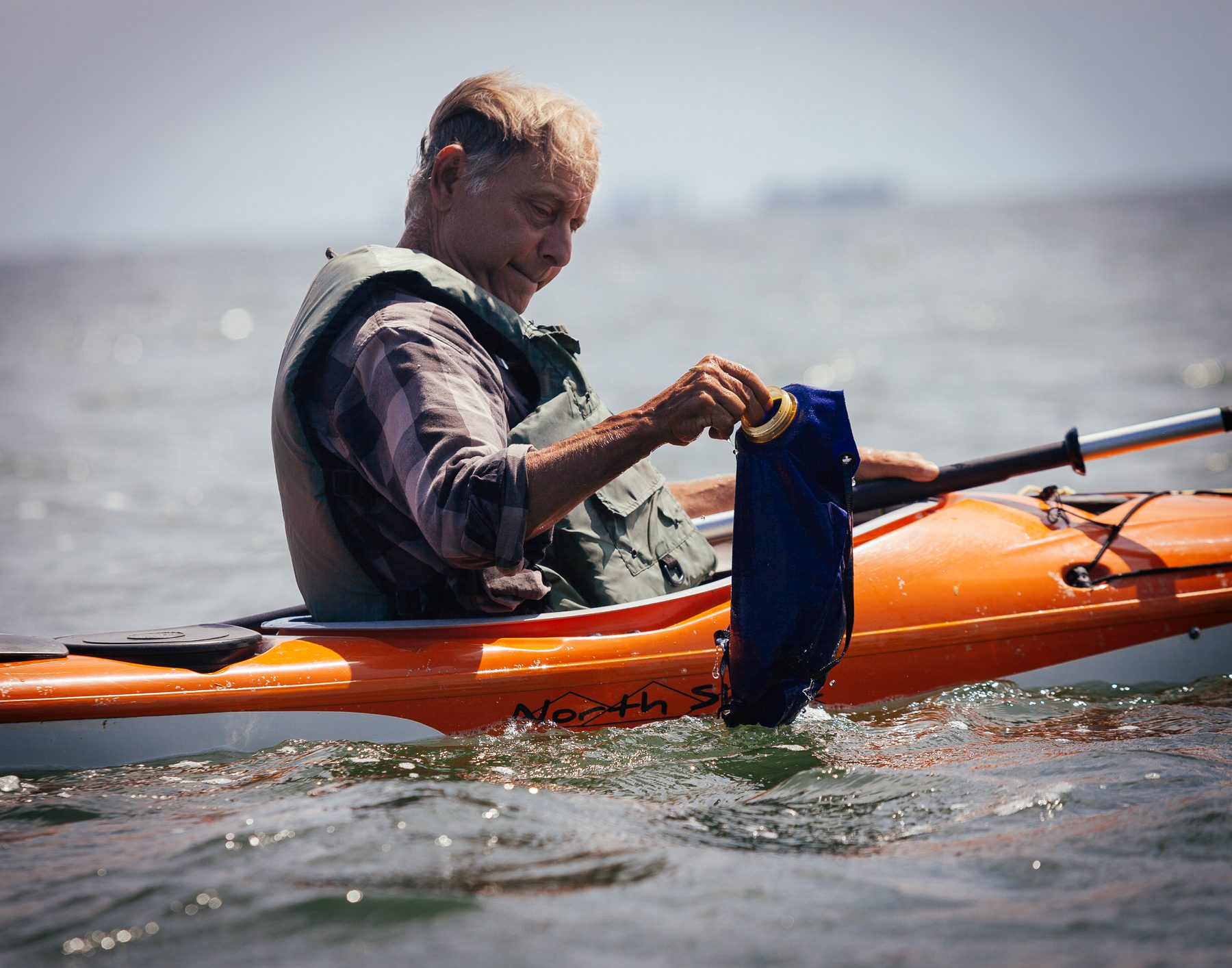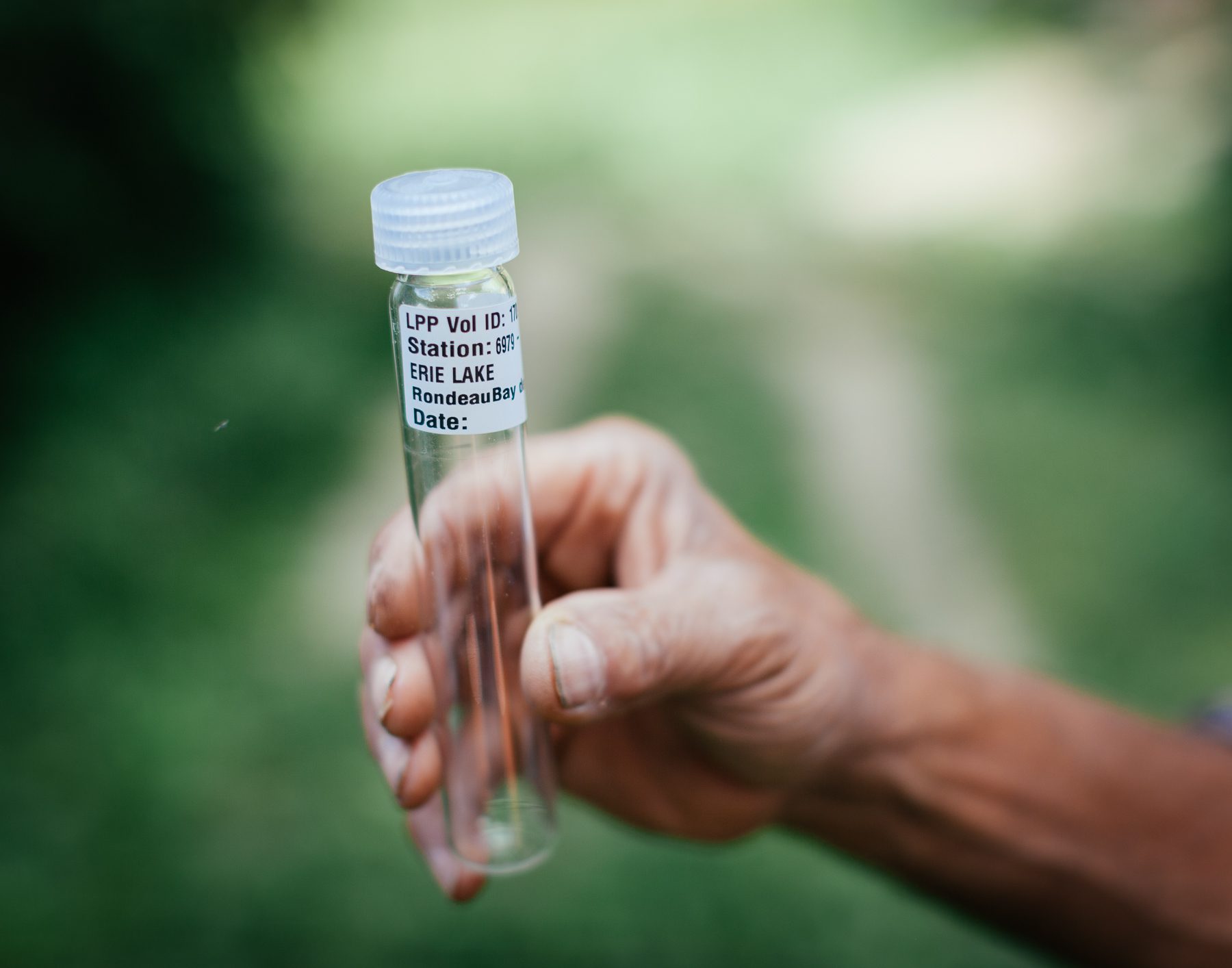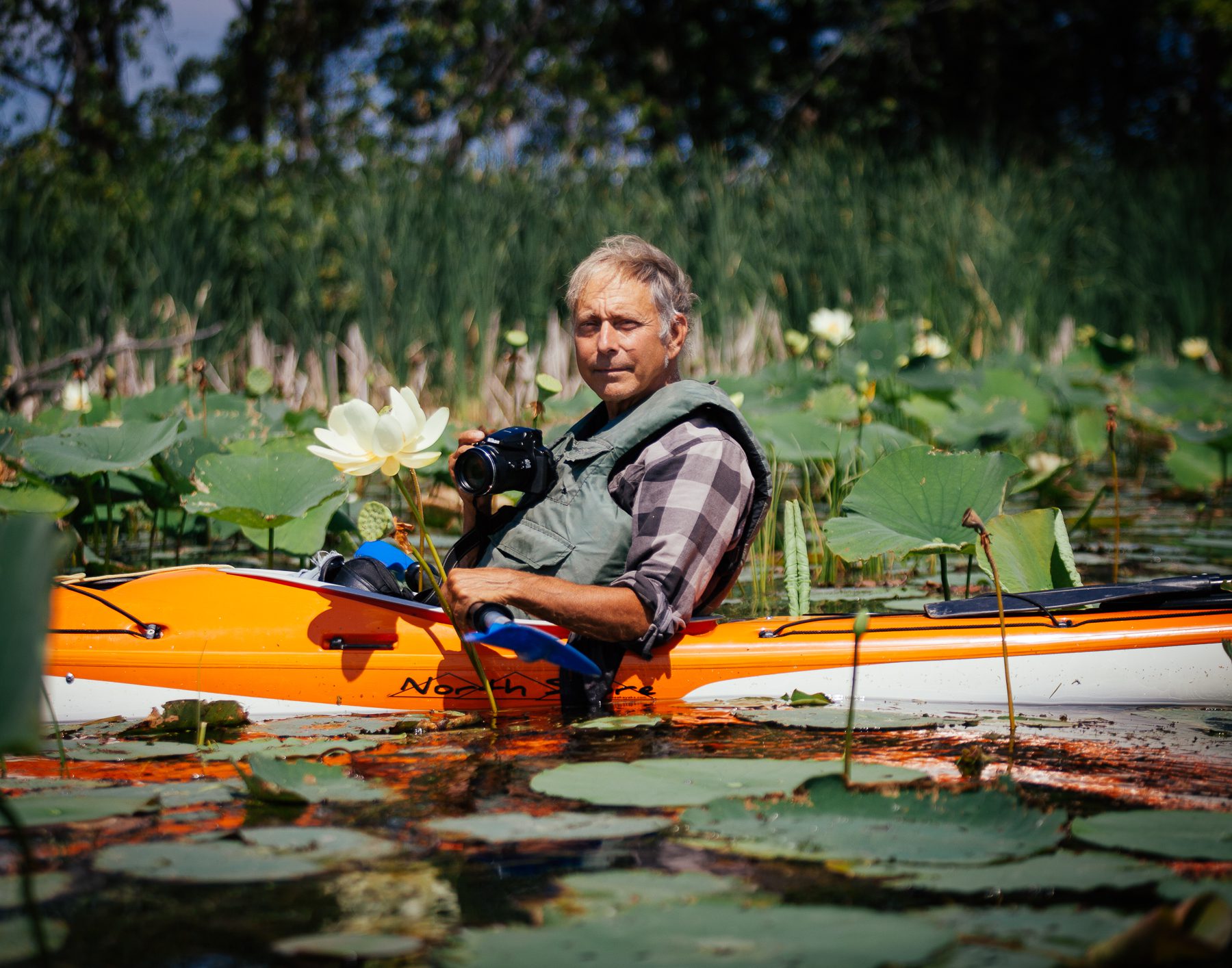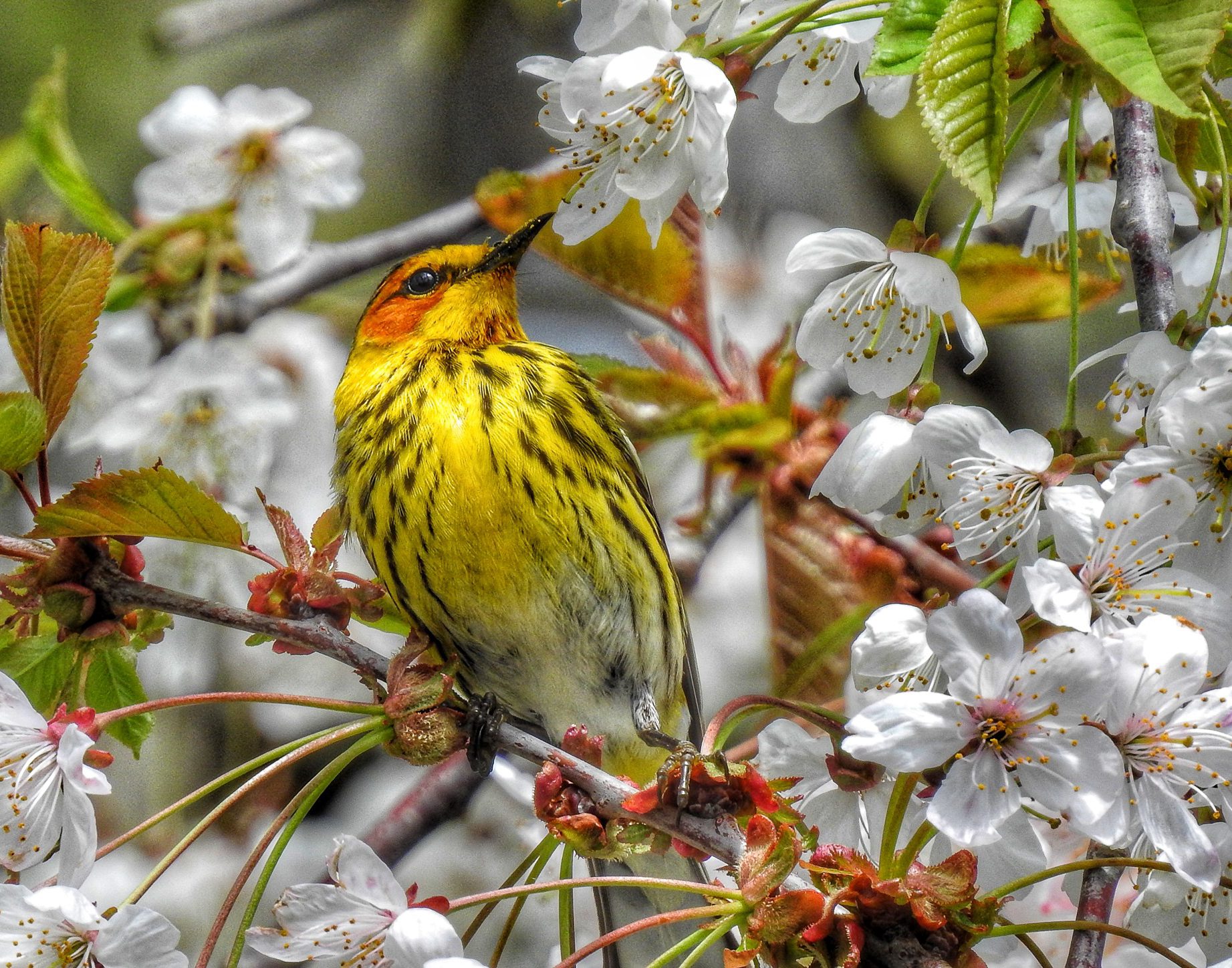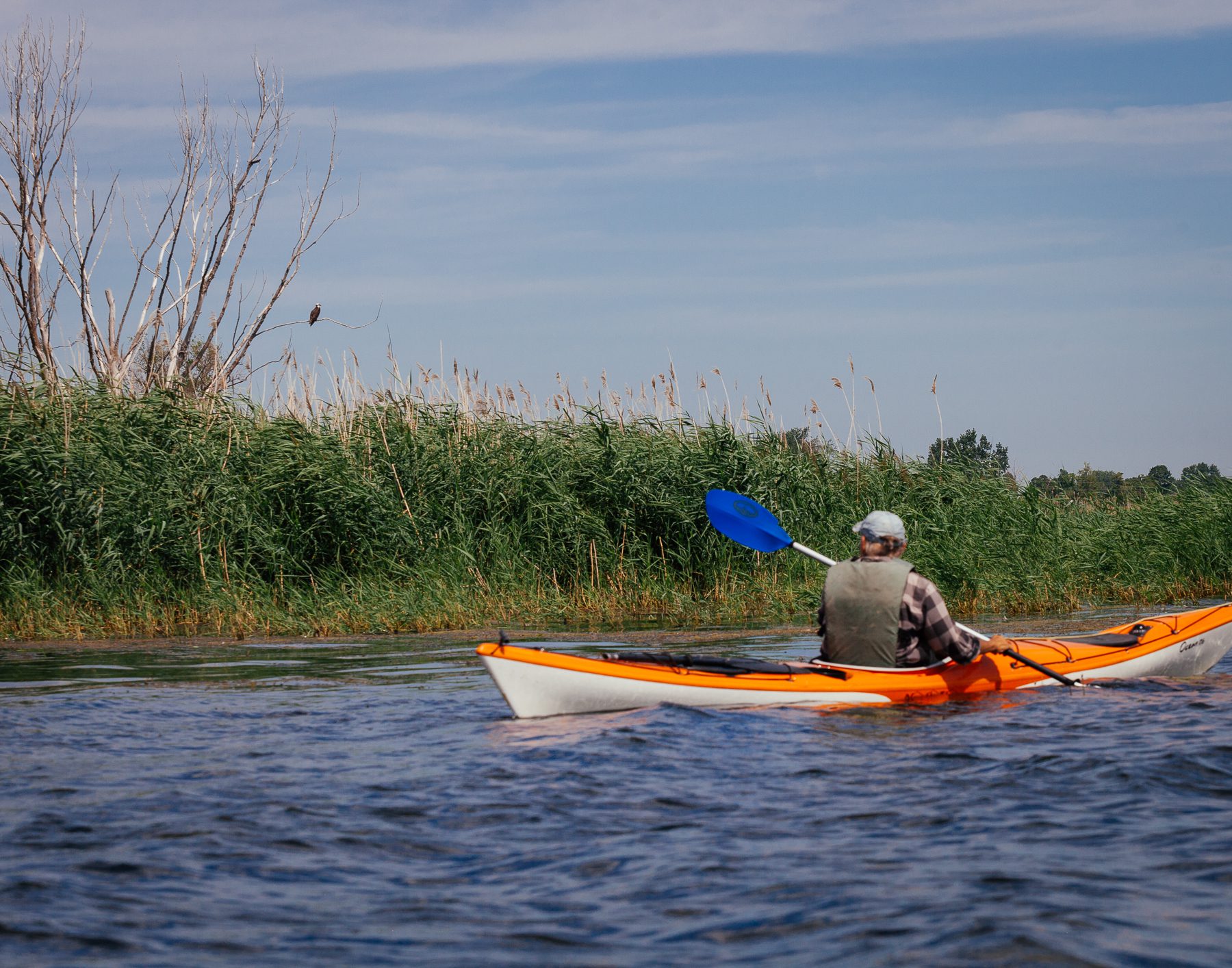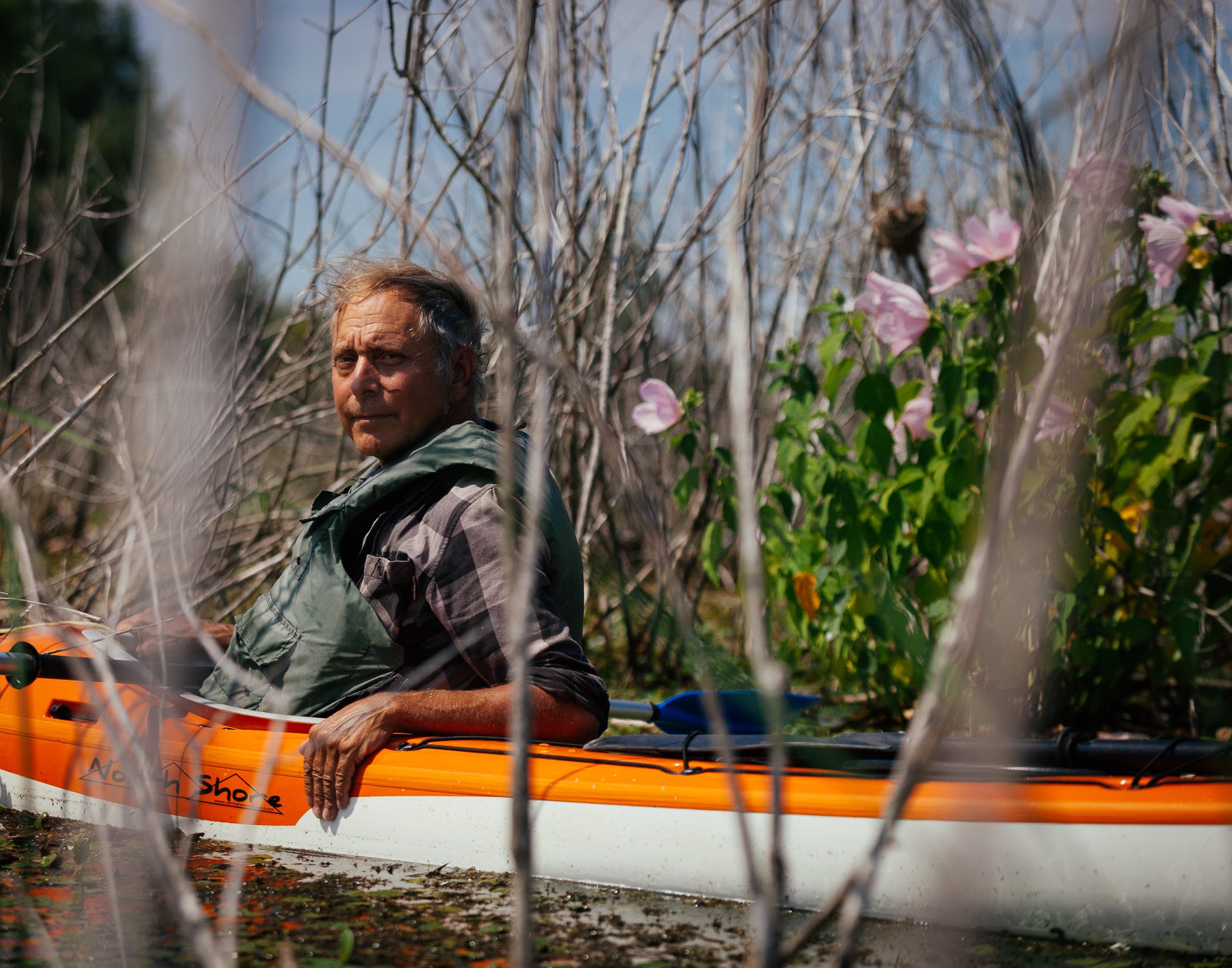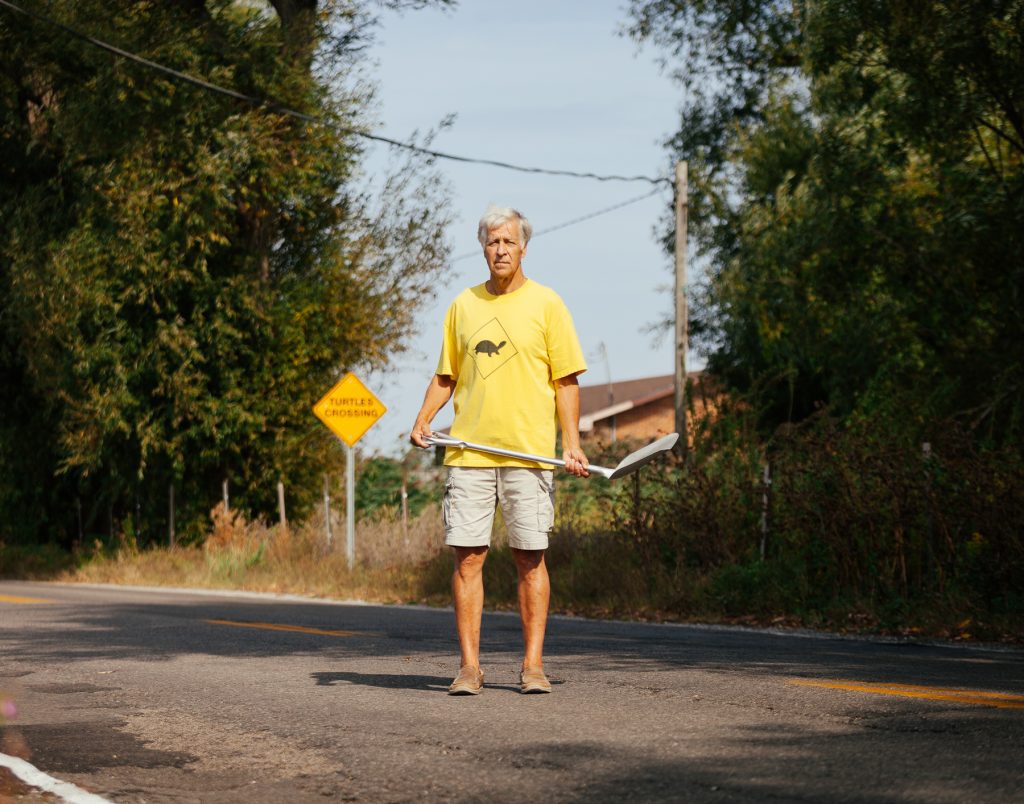More than half a century later, being around Lake Erie continues to make Ken feel alive.
“When I feel the wind of the lake in the morning, and the smell of the bay, I know I am home.”
Ken has always seen Lake Erie as a living entity, and he tries to treat it as such.
“The lake is alive. It’s an ecosystem full of relationships. Like the human body, it is complex; it has inputs and outputs, and illnesses. It has moods, and it is almost like it has a personality.”
Today, Ken lives in Shrewsbury on Rondeau Bay, where he works as a "fixer-upper guy.” Everywhere Ken goes, he goes in an electric vehicle he has built. At the moment, Ken has four different home-made electric cars that are currently on the road.


